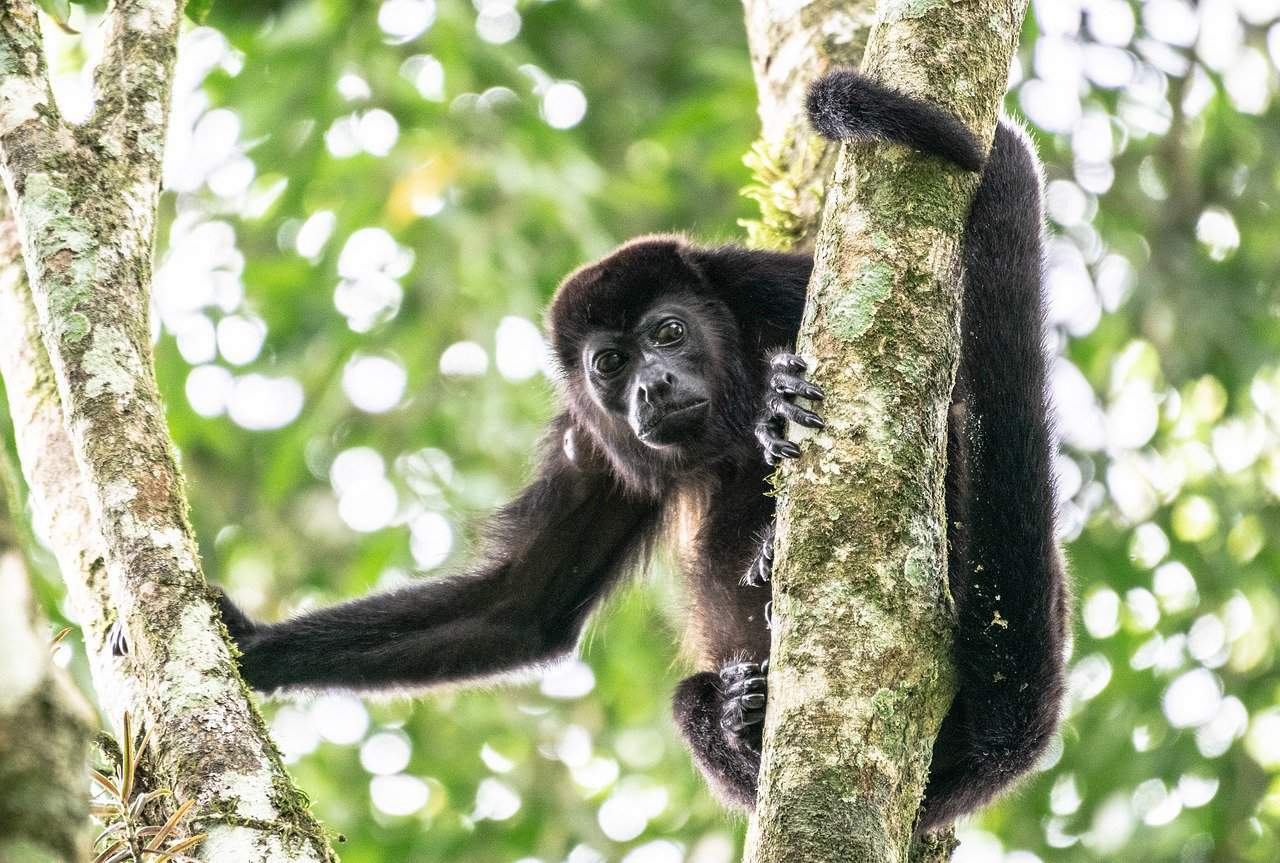The effort deployed by The Clean Wave Foundation and the SalveMonos Association will allow the construction of 20 wildlife crossings in the Playa Grande community in Santa Cruz, Guanacaste.
These projects will be financed with the contributions received during a donation drive held on October 21.
According to Andrés Bermúdez, President of The Clean Wave, the event raised funds that will be used to develop the wildlife crossings, each spanning 30 meters in length – costing ¢4,500 ($8.50) per meter – totaling 600 meters.
“This is a project that is part of an initiative we have named Resilient Communities, which makes efforts to protect wildlife in places like Playa Tamarindo and Playa Grande. Now that we have the necessary funding, we are finalizing details to immediately proceed with the construction of the wildlife crossings,” Bermúdez highlighted.
In 2020, the SalveMonos Costa Rica organization reported a total of 526 wildlife accidents between that year and 2011, amounting to 601 electrocuted animals. In 2021, the foundation recorded 201 accidents involving howler monkeys (Allouta palliata), and in 2022 there were 206 incidents, with over 80 percent caused by electrocutions, dog attacks, falls, and collisions.
“The design of the wildlife crossings includes a ladder and then a plastic coating to allow animals to move without danger. In addition to preserving wildlife, the aim is to reconnect animals with their natural habitat. Due to increasing construction, they have been displaced from their surroundings, forcing them to try to return via other routes like electrical wiring, where tragic accidents occur,” added the President of The Clean Wave.
The combined efforts of The Clean Wave and SalveMonos in developing wildlife crossings have already enabled the construction of 15 such structures in Playa Tamarindo, where another fundraising drive was also held.
“In the case of Playa Tamarindo, we have already installed wildlife crossings with very positive results, which we now hope to replicate in Playa Grande, a slightly larger community. In both cases, the community’s response has been outstanding, making us very optimistic that this project is a stepping stone to larger environmental initiatives,” explained Inés Azofeifa, Researcher and Field Director of SalveMonos.
Howler monkeys are primates representative of the Guanacaste province. In recent years, they have suffered severe physical harm and even death because urban growth has encroached on their natural wooded environment. To move to these areas, they now often rely on electrical wiring.
According to the Protected Areas and National Parks of Costa Rica, a troop consists of five to thirty members, of which a quarter are males, half are adult females, and the rest are infants or juveniles. They inhabit areas from southern Paraguay to northern Guatemala. In Costa Rica, they are distributed from sea level to altitudes of 1600 meters, living in primary or secondary forests, spending their entire lives in the treetops.

